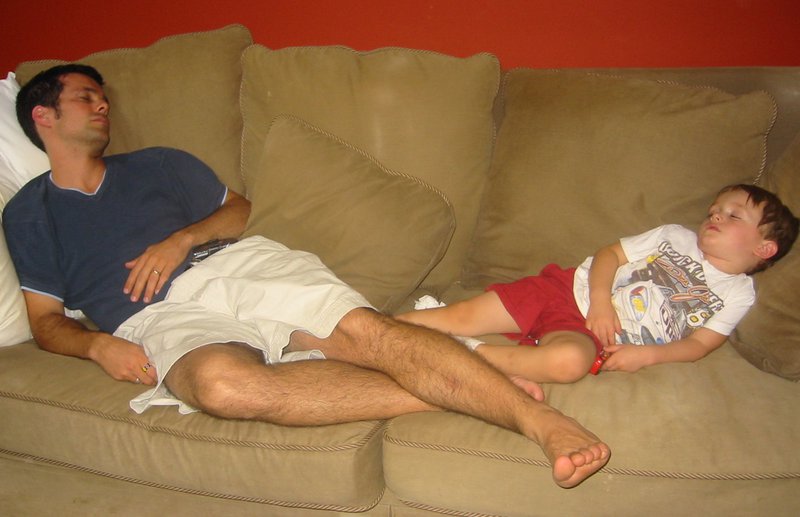In 2006, I got into running and decided to run Grand Rapids' biggest race (and US 25k championship) the Riverbank Run. Growing up, I always marveled at the people who ran it (a friend of mine has run every one of the 41 annual races, one of about 7 people to do so). It was one of those things I always kind of wanted to do but assumed I couldn't.
To prepare for the race, I decided to run a mile most weekdays and then run progressively more miles for my "long run" each Saturday (5 then 6 then 7, etc. up to 12 miles the week before the race).
The weekend where I reached 9 miles, my knee started hurting quite a bit and kept hurting more and more as I ran longer distances. By the time the race rolled around, I didn't know if I would even be able to run. I decided to start the race, knowing that I could quit if I really had to. I ended up finishing through the pain and was so proud of my efforts – bucket list item conquered!
At the expo for the race, I learned about biocorrect.com, a West Michigan company that makes custom, running-specific orthotics. A fellow runner suggested they might help my knee issue (by then diagnosed as an IT band problem). Hopeful, I decided to give them a try.
While being fitted for my orthotics, I told the owner about my preparation for the Riverbank Run. An accomplished runner himself, he told me, "You just didn't run enough miles during the week. You need to run about as many miles during the week as you're going to do in your long run on the weekend … you didn't build up the endurance needed to do each long run. Go home and download a Hal Higdon training program. You'll be fine."
I got my orthotics, and they COMPLETELY took care of the pain. Instantly. The very first time I wore them, it was, "Oh … that's how running is supposed to feel." I strongly recommend them if you're a runner (they last 5-7 years – I'm still on my second pair).
Motivated by how great I felt, I decided to run the Grand Rapids Marathon 6 months later. I copied the Hal Higdon novice training plan into a spreadsheet (adding a few extra weeks at the beginning to build up gently to the start of the plan) and I followed it religiously – running exactly how much it said to run and resting when it said to rest.

I never felt any pain during training or the race. In fact, I finished that marathon and went faster than any of my training friends thought was possible for me: 3:52 (faster than Will Ferrell but slower than George W. Bush). It was a truly wonderful experience for me that I will always treasure.
Reflecting on my success, I realized that in my first race, I was both coach and runner. But in the second race, I let Hal Higdon be my coach, and I was just the runner. Even though my relationship with my "coach" was impersonal (I downloaded the same plan he recommends for everyone), I knew it worked. I trusted the planning itself to Hal, and I focused on following the plan.
There are many times in life where it's incredibly useful to have a coach, so that you can focus on running or writing or learning to play the violin or whatever – and let someone else guide the planning process. I thought about my 2006 running when I decided to hire a career coach a couple of years ago. I'll write more about that soon.
